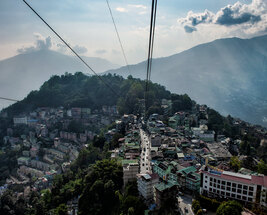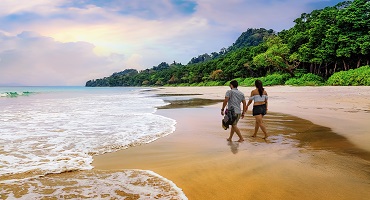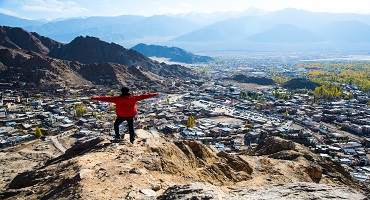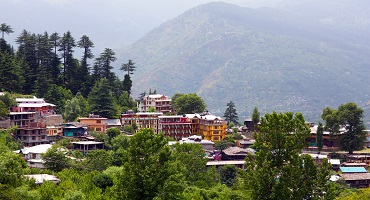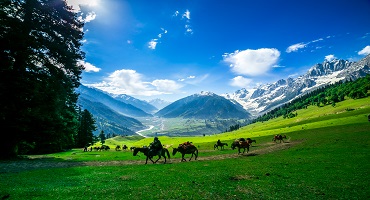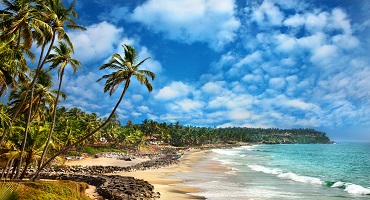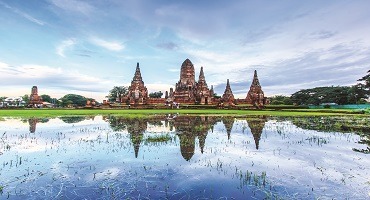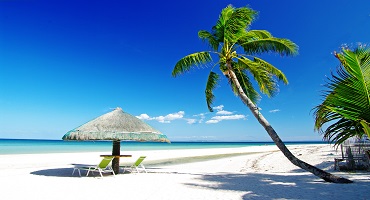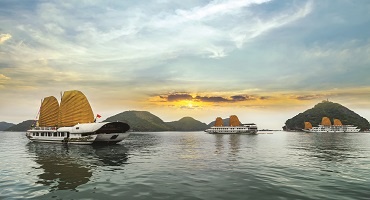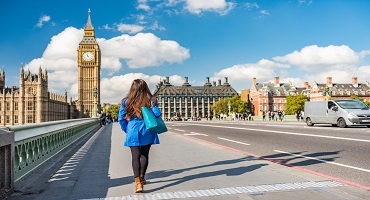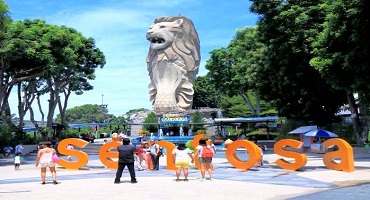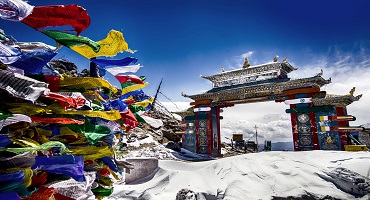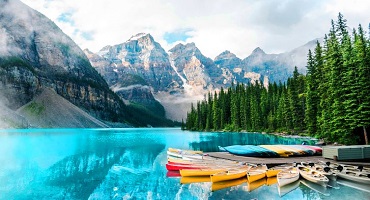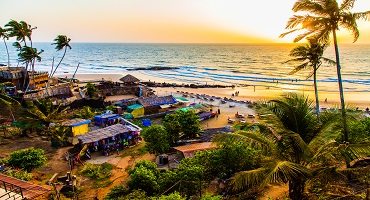Gangtok has an aura of mystique, with its twinkling and starry lights as dusk comes to dawn. The yearlong mild climate makes it the perfect getaway if you are looking to escape the heat. From generous rainfalls to misty mornings, the beauty of this little hamlet is only enhanced by its weather. However, before choosing any destination, it is always a good option to expect the best and be prepared for the worst. You might choose the sweater weather over bright and sunny days, or you might prefer to curl up with a book on a rainy day. Hence, it is essential to look at the seasons your destination offers. So decide upon the best time to visit Gangtok as per your preference.
We will help you make an informed decision. We have all the information that you may require to choose an ideal time to travel to Gangtok.
Peak Season – Temperatures range from 11 C and 24 C in the peak season. This is between the months of March and April. With the clear skies and weather giving you a view of the snow donned mountains, sightseeing and adventure activities become possible at this time of the year. This is the best time to visit this hamlet if you are an adventure enthusiast and an outdoorsy person.
Shoulder Season – July to September
Low Season – December to February
Gangtok in Spring (March – April)
Temperature: Temperatures during the season of spring range from 11 C and 24 C.
Weather: The season of spring brings with it an air of abundance, clear blue skies and a mild chill in the air. A cool breeze will greet you in the morning, which may send a sweet shiver down your spine, and later be kissed by the warmth of the sun as the day proceeds. The fact that this season only ripens with time makes it the best climate to visit Gangtok. The clear weather gives one a picturesque view of the snow-clad mountains and the Kanchenjunga.
Significant events: The azure skies and agreeable weather make it the perfect time for sightseeing and the Lampokhari Tourism Festival will engage you in some adventure sports. Held during March-end and early April, this festival sees over a thousand tourists who come here seeking culture and adventure. Some of the showstoppers and greatest crowd pullers are local archery contests and boat rides. Adventure enthusiasts can engage in activities such as trekking, paragliding, mountain-biking and rock-climbing.
Why you should visit now: Gangtok during spring is delightful, dancing and welcomes the season of mellow fruitfulness. This month is characterized by flowers in full bloom and scintillating lush valleys. It is the perfect time to witness the beauty of this hamlet in its prime.
Things to know before the visit: Even as the winter finally begins to wear off after the first week of March, you should remain mindful of the cold winds that may yet prevail. Hence, do carry some light sweaters with you. The favourable weather also increases the frequency of tourists during this time of the month.
Tips: Make it a must to book your flight tickets, hotels and tours well before time since prices will only increase as the clock ticks. Talking about what to carry in terms of clothing, light woollens, some scarves to remain warm as well as a raincoat would be required.
Gangtok in Summer (May – July)
Temperature - The air temperature during the season of summer fluctuates between 16°C and 25°C.
Weather: With the spring season giving way to the cheerful season of summer, temperatures start to soar. However, the yearlong mild climate of the hamlet will only make you feel comfortably warm. The Rain Gods knock at this city’s door in June. The transition from one season to the other is rather spectacular to experience.
Significant events: The aroma of flowers given birth by the spring season will fill your senses in the summer. A feast for the eyes, the hamlet flourishes with fragrant blossoms, exuberant surroundings and crystalline lakes. The highlight of this season is the International Flower Festival organised in May. You will be awestruck by the vivid colours of the flowers home to this hamlet.
Why you should visit now: You could be an adventure seeker or a nature lover, this season gives you the best of both worlds. With clear view of the skies and picturesque mountain spots, this season proves to be the best time for sightseeing or taking your family on a picnic. You could also go trekking across the mighty Himalayas or get an adrenaline rush as you go rafting along the Teesta river.
Things to know before the visit: As June approaches its end, the mist in the air suggests the arrival of the Rain Gods. If you are taking the road, driving and navigating your way might get tricky. However, June also marks the beginning of the off season. so, if you are looking for some peace, we would suggest you visit Gangtok during June.
Tips: Lay down your schedule and plan your itinerary according to the weather. Try to incorporate adventure and sightseeing activities before the monsoon hits. While you pack, make sure you include both warm and cool clothes, including a raincoat.
Gangtok in Monsoon (June – September)
Temperature - The air temperature during the season of monsoon ranges between 17°C and 22°C.
Weather: Gangtok experiences incessant downpours and faces the risk of threatening landslides during Monsoon. The sun is a rare visitor and misty mornings are the aftermath of the previous night’s generous and thunderous downpour.
Significant events: Looking at the bright side, the unworldly beauty that the rains bring with them to this hamlet remains untouched by the rush of tourists. However, the festival of Dashain adds to the charm and love that monsoons bring with them. Dashain is a two-week celebration that takes place in Gangtok and offers prayers to Goddess Durga. The highlights of this festival are new clothes, home visits, grand feasts, kite flying and village swings.
Why you should visit now: The beauty that this hamlet is blanketed by during Monsoon is unlike any other season. Believe us; you will relish the monsoon season as you snuggle inside your blanket, sipping on a cup of tea and reading your favourite book. A plate of steaming hot momos will add to the list of pleasures that this season brings with it. With the rains sprinkling their love on the lush green surroundings in the form of dew drops, Gangtok looks like heaven on earth.
Things to know before the visit: High chances of landslides and misty mornings with little to no visibility could prove to be dangerous. Hence, be mindful of the same if you are looking to travel at this time of the year.
Tips: Do not forget to carry warm clothes, raincoats as well as sportswear to tackle the wrath of the monsoons. However, do not panic because you will surely find multiple routes to choose from in case the ones you were initially planning to venture on are blocked. Just plan smart.
Gangtok in Autumn (October – November)
Temperature - The air temperature during the season of autumn fluctuates between 6°C and 18°C.
Weather: The weather of Gangtok in Autumn, as John Keats describes the season, makes one feel like the warm days will never cease. As the monsoon season bids goodbye and the sun comes out, Autumn waves its magic wand and voila, this little hamlet is blessed with life as the bountiful nature beckons. Though short-lived, this season is also one of the most artistic seasons of the year.
Significant events: A short yet crisp season, Autumn takes place before the onset of winter. Namchi Mahotsav is held in October and brings together people from different ethnicities as a part of this carnival. An array of activities such as folk-dance performances, flower exhibitions, handicrafts & handloom stalls and food shows prove to be a major tourist attraction.
With moderate temperature and pleasant weather throughout, this season is also a good time for photography to capture the magnificence of the hamlet.
Why you should visit now: This is quite a suitable time to engage in adventure and sightseeing activities with the threat of heavy rainfall no longer looming over your heads. This season gives the hamlet a different aura altogether after the showers of the monsoon subside, revealing Gangtok’s raw beauty.
Things to know before the visit: Be mindful of the fact that this season also sees a gradual increase in the number of tourist bookings. Hence, make it a point to book your tickets well in advance.
Tips: Carry light woollens to keep you warm in case you plan to venture out and engage in some sightseeing. Thick pants and jackets could be a wise option to carry.
Gangtok in Winter (December – February)
Temperature - The air temperature during the season of winter ranges between 4°C and 7°C.
Weather: The weather of winter in Gangtok is chilly and bleak during winter. However, the biting cold and occasional shivers down your spine will only make you feel alive.
Significant events: Make way for the New Year and Christmas celebrations during this time of the year. Gather around soothing bonfires and sing Christmas carols with your family! The MG Road never sleeps during this time and is buzzing with activity to celebrate the coming of the new year. The highlight of this time of the year is the annual Gangtok Food and Culture Festival organized by the Sikkim Tourism Department. Get a taste of this hamlet’s culture as you devour its local delicacies with some foot-tapping music as well as dance performances. Stalls are dotted along the MG Road and the Titanic Park.
Why you should visit now: With starry lights and cold nights, Gangtok makes you feel like you are in a fairy tale. You cannot really find snow in this hamlet. If you would really like to catch a glimpse, head to Nathula Pass, three hours away from Gangtok.
Things to know before the visit: If you aren’t very well acquainted and accustomed to the cold, you might have to take some precaution during January and February. Hence, be mindful of the same and plan your trip accordingly.
Tips: Stay on the safe side and carry several woollen sweaters, warmers and thick track pants to protect yourself from the cold. Choose your accommodation wisely and make sure they have facilities such as heaters and electrical warmers.






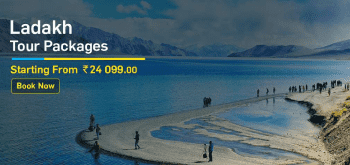



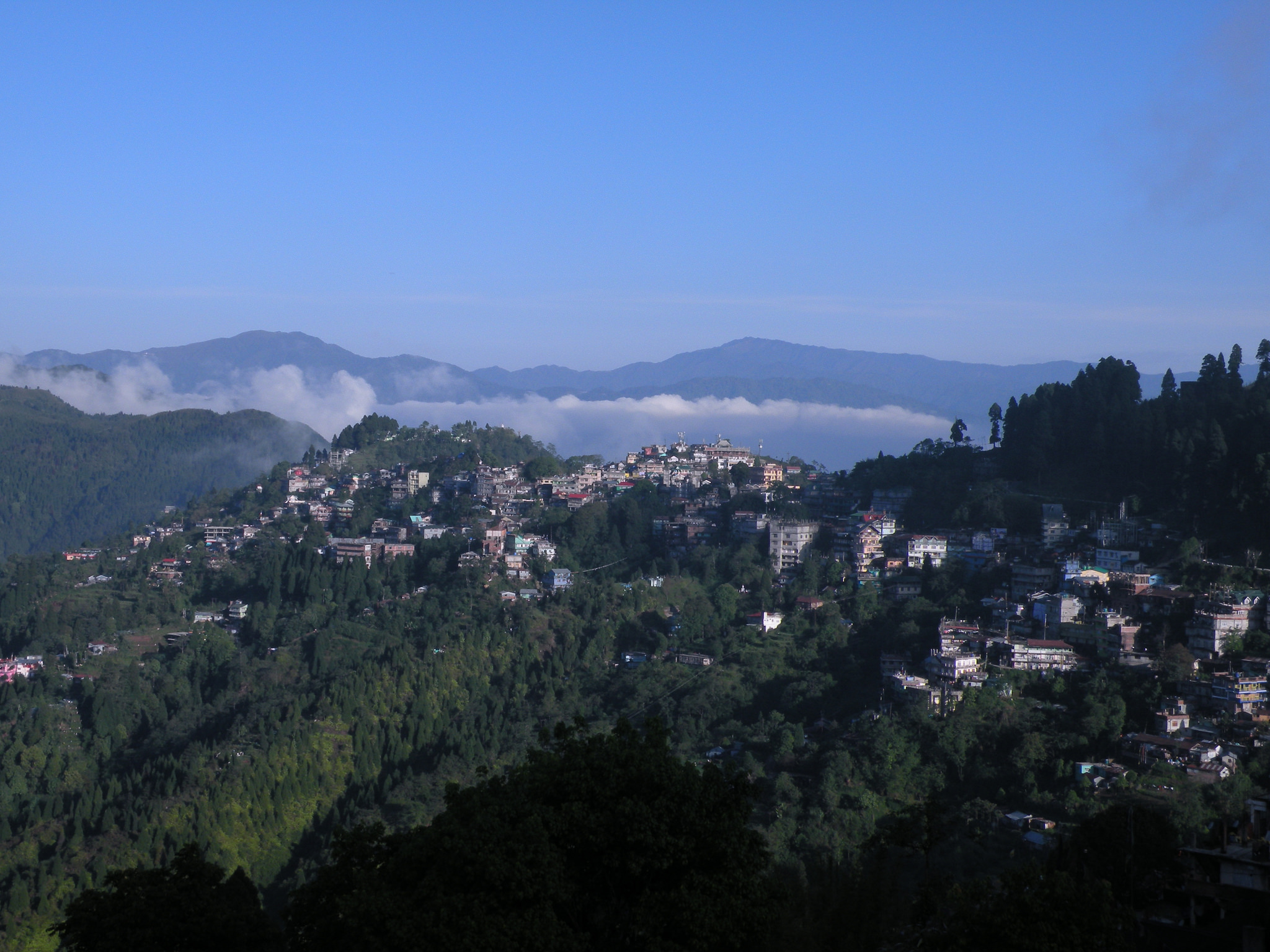
.jpg)
